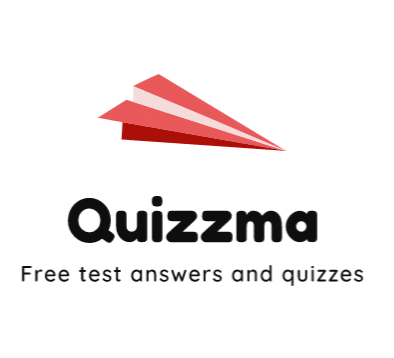function start() {
turnLeft();
move4();
turnRight();
move2();
takeBall();
move();
turnRight();
move4();
turnLeft();
move3();
gP();
move3();
move3();
gP();
putBall();
}
//allow move karel 4 times
function move4(){
move();
move();
move();
move();
}
function move2(){
move();
move();
}
function gP(){
turnLeft();
turnLeft();
}
function move3(){
move();
move();
move();
}

This code appears to be part of a program for a robot named Karel, which is used in introductory programming courses to illustrate basic concepts like functions and commands.
### Explanation of the Functions and the `start()` Sequence:
1. `start()` function: This function outlines the sequence of actions Karel will take when the program runs.
2. Movement functions:
– `move4()`: Karel moves forward 4 spaces.
– `move2()`: Karel moves forward 2 spaces.
– `move3()`: Karel moves forward 3 spaces.
3. `gP()` function: This function makes Karel turn around (turns left twice).
### Overview of Actions in `start()`:
– Karel turns left, moves 4 spaces, turns right, moves 2 spaces, takes a ball, moves, turns right, and so on. The series of instructions directs Karel to navigate a grid, pick up balls, and finally place one back down.
If you have any more questions about Karel’s functions or programming concepts, feel free to ask! You can also check the extended services page for more help.